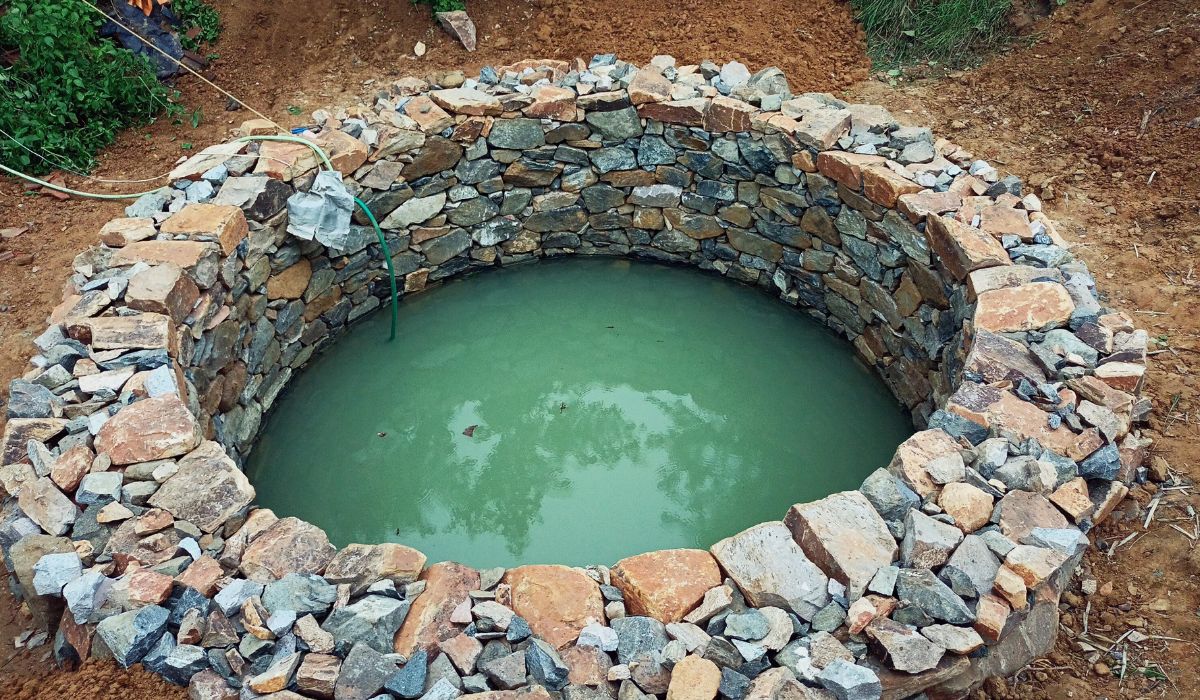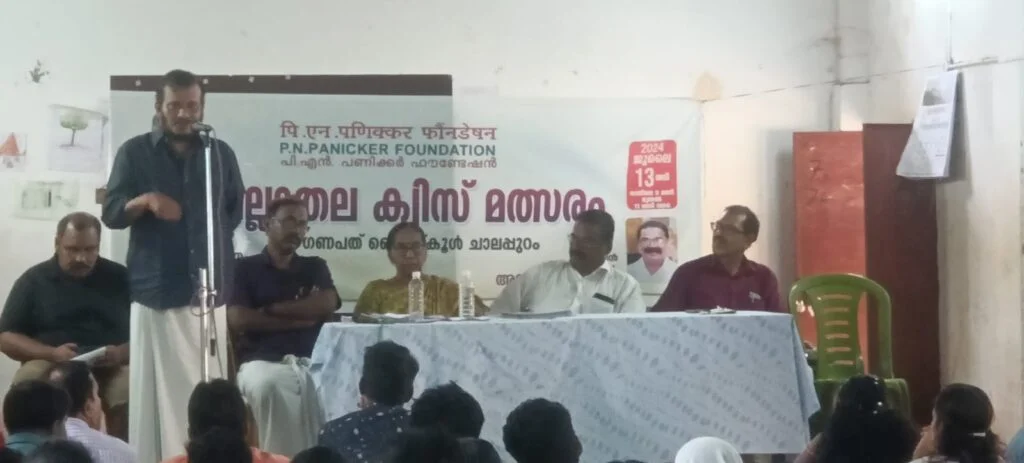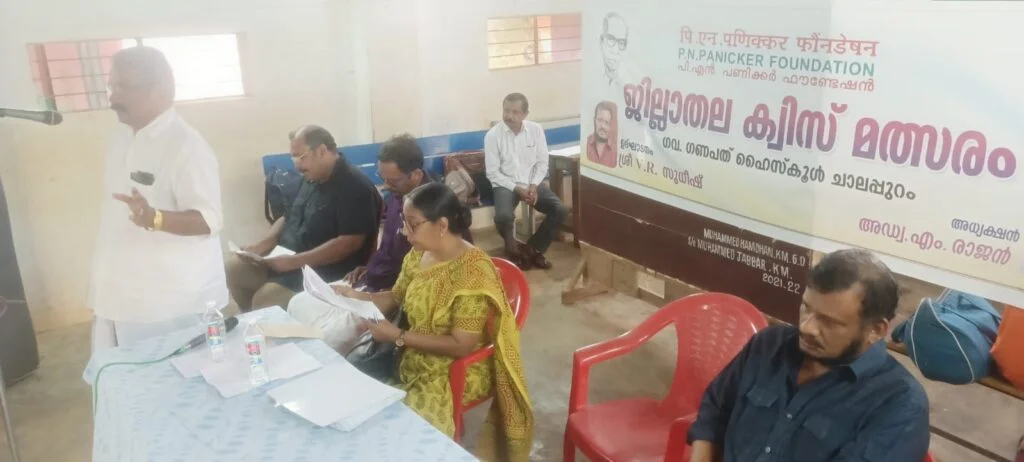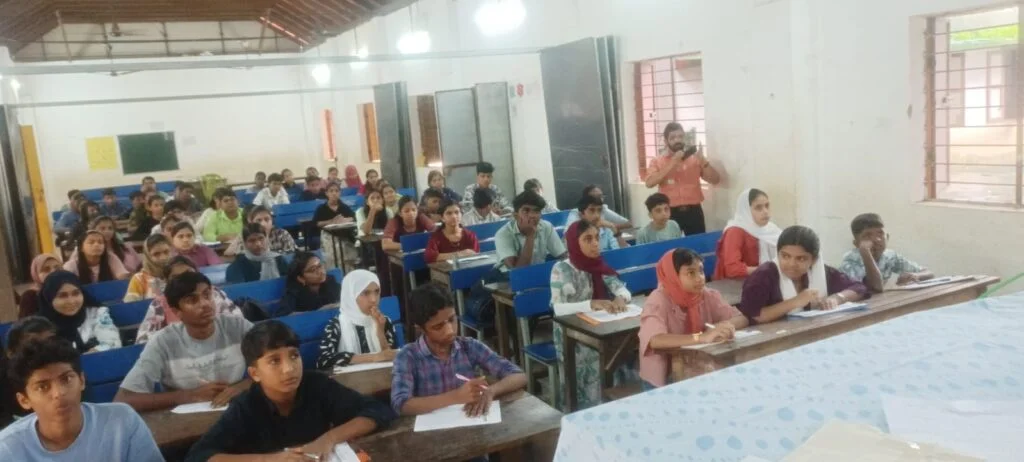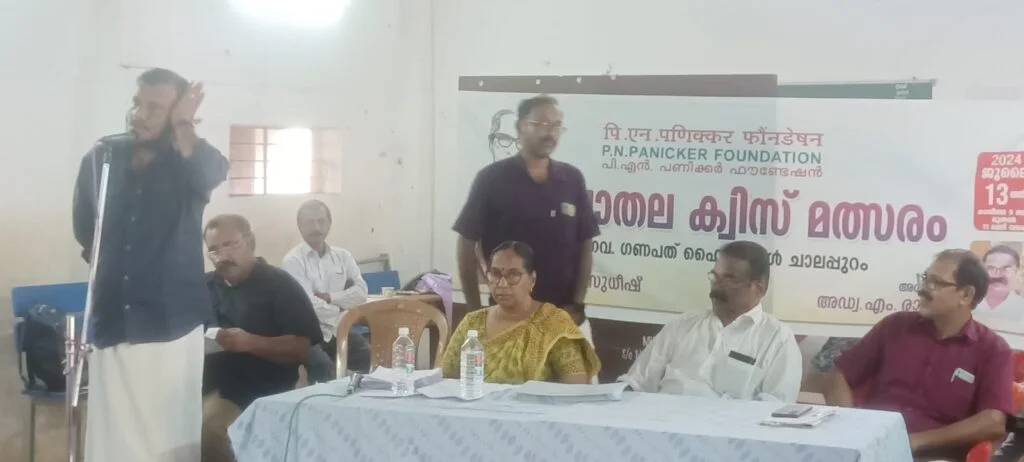Practical Tips for Maintaining Water Quality at Home
Access to clean water is not just a necessity; it's a fundamental right. At Oleena, we empower communities to safeguard this right.
Access to safe drinking water is fundamental for health, hygiene, and community well-being. Yet, in many rural parts of Kerala, residents face challenges in maintaining water quality due to contamination from natural and human-made sources. According to a study by the Central Ground Water Board (CGWB), Kerala, more than 60% of rural households rely on untreated water sources, and several villages report high bacterial contamination levels leading to diarrheal diseases and other waterborne illnesses.
This situation calls for practical, actionable steps that households can adopt to ensure safe water, along with community-level interventions. Organizations like Oleena play a critical role in addressing these challenges by conducting water testing, chlorination programs, and awareness campaigns at the grassroots level. Their work empowers local residents and volunteers to monitor water quality and adopt preventive measures, ensuring access to clean and safe water.
Understanding Water Contamination
Water contamination can occur in multiple ways, affecting both health and quality:
- Bacterial Contamination: Harmful bacteria such as E. coli and Salmonella can cause diarrheal diseases, cholera, and dysentery.
- Chemical Contamination: Pesticides, fertilizers, and industrial effluents can seep into water sources, posing long-term health risks.
- Physical Contamination: Sediments, debris, and algae growth in storage tanks degrade water quality and taste.
Regular monitoring and appropriate treatment are essential to prevent health risks.
Practical Tips for Maintaining Water Quality at Home
1. Regular Water Testing
- Use local laboratories accredited by the Kerala Water Authority (KWA).
- Test for bacterial presence, chemical contaminants, and turbidity.
- At Oleena’s training programs, local volunteers learn to conduct basic field-level water tests, helping households identify contamination early.
2. Safe Storage Practices
- Always store water in covered, clean containers.
- Regularly clean tanks and overhead reservoirs with mild disinfectants.
- Avoid storing water in open vessels, which can attract dust, insects, or rodents.
3. Filtration and Purification Methods
- Boiling: Simple and effective for bacterial contamination.
- Chlorination: Use chlorine tablets or liquid bleach following proper dosage guidelines. Oleena has trained residents on safe chlorination techniques during community workshops.
- Mechanical Filters: Ceramic or sand filters can remove sediments and bacteria.
4. Rainwater Harvesting
- Collect rainwater in rooftop systems and filter before storage.
- Rainwater can supplement supply, especially during summer months, reducing dependency on potentially contaminated sources.
5. Maintenance of Water Sources
- Regularly clean wells and hand pumps.
- Avoid dumping waste near water sources.
- Plant vegetation buffers around wells to filter runoff naturally.
6. Community Participation
- Participate in local water awareness programs organized by Oleena.
- Educate neighbors and school children about hygiene and water conservation.
- Volunteer for water testing drives and sanitation campaigns.
Oleena’s Role in Rural Water Safety
Since 2015, Oleena has been actively working in rural Kerala to ensure safe drinking water for thousands of residents. Key interventions include:
- Water Testing Programs: Conducting field-level tests in villages and schools, identifying bacterial and chemical contaminants.
- Chlorination Drives: Treating public water sources in collaboration with LSGDs and local volunteers.
- Training Local Youth and Women: Empowering communities to monitor water quality and respond to contamination risks.
- Awareness Campaigns: Educating households about storage, purification, and hygiene practices to reduce waterborne illnesses.
- Community-Led Monitoring: Volunteers report issues in real-time, creating a sustainable monitoring system that reduces dependency on external authorities.
Impact: More than 500 villages and 20,000 households have benefited from Oleena’s programs, with reported reductions in diarrheal disease cases by up to 40% in participating areas (data collected from district health surveys and local LSGD reports).
Step-by-Step Household Water Safety Checklist
- Test water monthly using local lab kits or community volunteers.
- Cover storage tanks and clean them bi-weekly.
- Filter water before drinking; boil or chlorinate if necessary.
- Collect rainwater and supplement your supply safely.
- Avoid disposing of waste near water sources.
- Educate children on the importance of safe water and hygiene.
Conclusion
Maintaining safe drinking water at home is achievable with awareness, simple practices, and community involvement. Oleena’s initiatives demonstrate how training, monitoring, and grassroots engagement can transform rural water safety. By combining personal responsibility with support from trained volunteers and local authorities, rural households in Kerala can enjoy clean, safe, and reliable drinking water, reducing the prevalence of waterborne diseases and fostering healthier communities.

